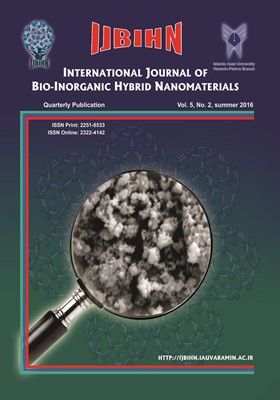-
-
List of Articles
-
Open Access Article
1 - Synthesis and investigation of thermal conductivity carbon nanotubes: MWCNT and SWCNT
-
Open Access Article
2 - Preparation and characterization of PEG/Dextran coated superparamagnetic Iron Oxide (Fe3O4) nanoparticles for biomedical applications
-
Open Access Article
3 - NH3 sensors based on novel TiO2/MoS2 nanocomposites: Insights from density functional theory calculations
-
Open Access Article
4 - Synthesis and physicochemical properties of CuMn2O4 nanoparticles; a potential semiconductor for photoelectric devices
-
Open Access Article
5 - The Nitrogen atom effect on structural and magnetic properties of Fullerene C20:A DFT study
-
Open Access Article
6 - Preconcentration of Cu(II)with magnetic nanocomposite sorbentsprior to determination by Flame Atomic Absorption Spectrometer
-
Open Access Article
7 - The thermodynamic parameters of the formation of derivatives of 1-(4-nitrophenyl)-1H-Tetrazole (NPHT) with Boron Nitride nano-cage structure in different temperature conditions, the DFT method
-
Open Access Article
8 - Synthesis and assessment of antibacterial effects of CdSe:Ag nanoparticles produced by chemical precipitation method
-
The rights to this website are owned by the Raimag Press Management System.
Copyright © 2021-2025







